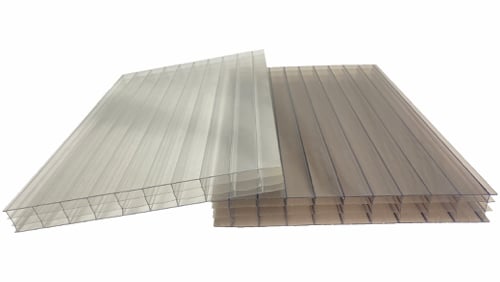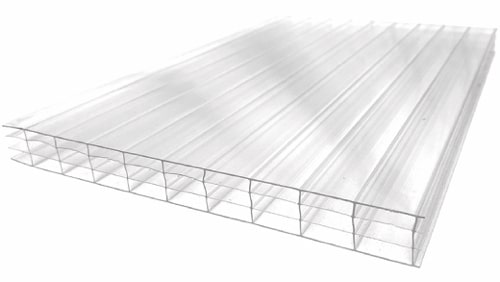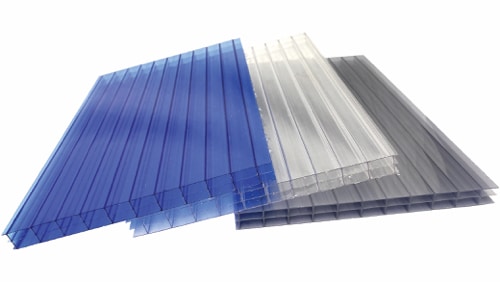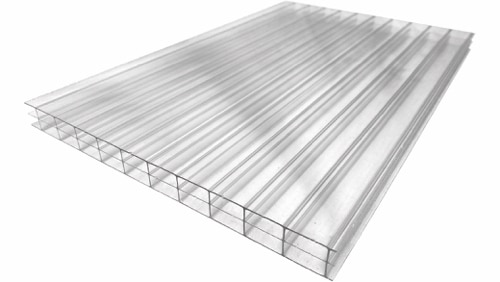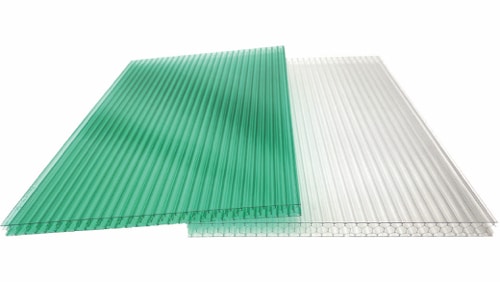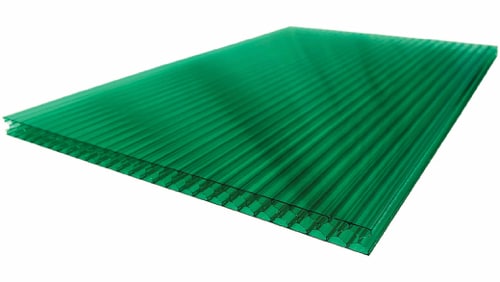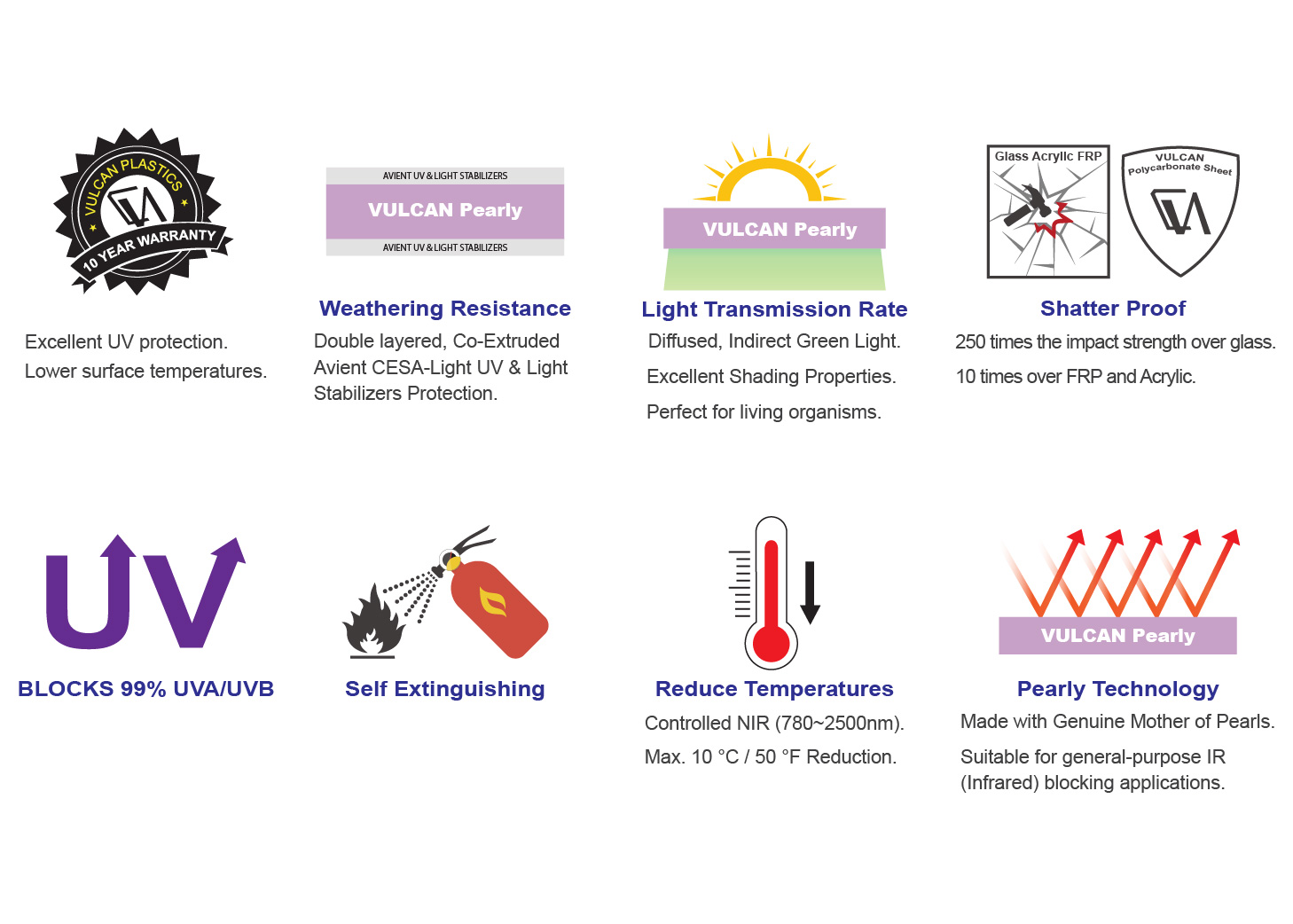The main purpose of a greenhouse is to create a controlled environment for cultivating plants and crops.
Greenhouses are specifically designed structures that allow farmers, gardeners, and horticulturists to extend the growing season and provide optimal conditions for plant growth.
Here are some of the essential purposes a polycarbonate greenhouse serves :
- Year-round plant growth.
- Protection from Extreme Weather.
- Optimal Growing Conditions.
- Extended Growing Season.
- Crop Diversification.
- Research and Experimentation.
- Higher Yields.
- Conservation of Resources.
- Nursery and Seedling Production.
As the name polycarbonate greenhouse suggests, it is a type of greenhouse structure made from polycarbonate sheets.
Polycarbonate is a durable and lightweight thermoplastic material that is commonly used in greenhouses due to its unique properties.
Here is a list of advantages of using polycarbonate for greenhouse construction :
1. Light transmission : Polycarbonate sheets allow high levels of light to penetrate, distributing sunlight evenly inside the greenhouse. This helps to promote healthy plant growth and photosynthesis.
VULCAN also offer a very special type of material called the Pearly, which is designed specifically for greenhouse purposes –
• Diffused and Cool – Solar selective wavelength penetration.
• Soft Diffused Lighting – Filters unwanted wavelengths, retaining cool, diffused GREEN light.
• Controlled FIR and NIR – Reduce temperatures by max. 10°C or 50°F.
• Extra light diffusion + High Haze + Balanced light.
• Aesthetically pleasing – Owing to high mother of pearls content.
2. Insulation : Polycarbonate has excellent insulating properties, which helps to maintain a stable and controlled climate within the greenhouse. It can retain heat during colder months and maintain a steady temperature during hot summer days, preventing temperature fluctuations.
For extra shading properties to regulate heat and glare even better, VULCAN offers Ti-Lite, heat reducing additives that blocks solar transmitted energy, reduce temperature and provide extra shade, and have better heat reflective properties than other light transmitting glazing materials.
3. Impact resistance : Polycarbonate is highly resistant to impacts and can withstand hail, heavy rain, and other potential hazards, protecting the plants inside.
Below is a list of Mechanical Properties that a typical polycarbonate sheet possess.
| Mechanical properties | Tested on 3mm VULCAN Solid Flat sheets |
| Tensile Modulus (kgf/cm2) | 25260 |
| Tensile Strength (kgf/cm2) | 656 |
| Elongation(%) | 89 |
| Flexural Strength (kgf/cm2) | 1103 |
| Compressive Yield Strength(kgf/cm ) | 778 |
| Flexural Strength(kgf/cm2) | 26415 |
| Hardness—Rockwell | M70 |
| Mean Impact Resistance (J) | >26.67 |
| IZOD Notched Impact(kgf•cm/cm) | 97.44 |
| Notch test | 20–35 kJ/m2 |
| Abrasive resistance ASTM D1044 | 10–15 mg/1000 cycles |
| Coefficient of friction (μ) | 0.31 |
| Speed of sound | 2270 m/s |
4. UV protection : Polycarbonate sheets are typically treated with a special UV coating to protect plants from harmful ultraviolet (UV) radiation. VULCAN polycarbonate sheets are co-extruded with the best high-concentration UV & Light Stabilizers on the market, protected against loss of strength and clarity, and lasts more than 10 years under extreme weathering conditions.
5. Lightweight and easy to handle : Compared to traditional glass, polycarbonate is much lighter, making it easier to install and handle during greenhouse construction. There is also a significant cost savings due to the light building material required to support the overall structure when compared to glass greenhouses.
6. Long-lasting : Polycarbonate is known for its durability and longevity, providing a cost-effective solution for greenhouse structures.
7. Flexibility : Polycarbonate can be easily shaped and molded into various forms, allowing for customized designs and structures.
When building a polycarbonate greenhouse, the design and size depend on the specific requirements of the plants being grown, local climate conditions, and the budget. Some greenhouses may have additional features such as ventilation systems, automated temperature controls, shade cloths, and irrigation setups to optimize plant growth.
Overall, polycarbonate greenhouses have become popular choices for agricultural and horticultural applications due to their many benefits and versatility.

